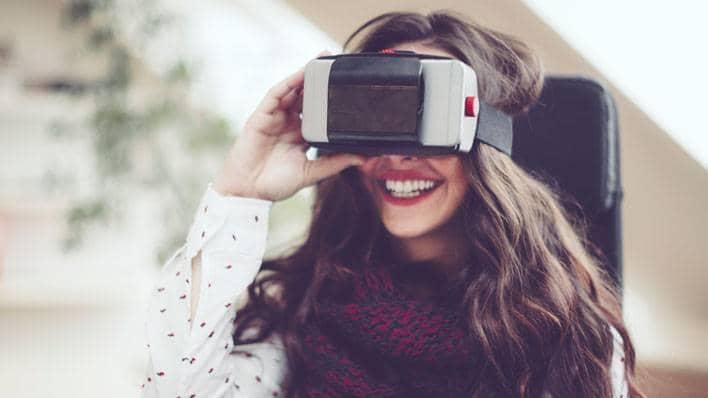
The future’s digital for the British high street
British shoppers still love the high street, but retailers must adopt digital innovation if they are to remain relevant, a new Barclays report has found.
The report on the future of retail published this week found that, while British consumers have embraced online shopping at a higher rate than their mainland European counterparts, they still view the high street as ‘essential’.
Two-thirds (63%) of those surveyed said they still prefer to see valuable products ‘in person’ before buying and eight in 10 (81%) said they were likely to shop in the high-street branch of a national retailer, compared with 60% who expect to shop at the same retailer online.

Ian Gilmartin, head of retail and wholesale at Barclays, said: “The British high street is part of what has made the UK great. Being a nation of shopkeepers is ingrained in our cultural identity and consumer pride in the sector endures.
“Our research reveals that the public still see the high street as an essential part of the shopping experience and as a national treasure they want to see protected.”
Most shoppers wanted to see more ‘experiential’ technologies on the high street, with more than half saying they were more likely to visit a shop kitted out with virtual reality, ‘smart’ fitting rooms – equipped with touch-screen interactive mirrors, for example – or augmented reality.
The appetite for the use of drone technology was more muted, however, with two-thirds of consumers citing worries about security, privacy and collisions.
The research, commissioned by Barclays Corporate Banking, is based on a survey of 2,000 consumers across the UK, combined with interviews from retail experts and analysis of data on the UK economy and the retail sector.
The high street of the future
What might the new high street look like? Here are three developments identified in the report that are ready to shake up British shopping.
‘Smart’ fitting rooms: Some fashion stores are already trialling responsive fitting rooms that allow shoppers to adjust the lighting and request different sizes and colours without leaving the changing room. Interactive mirrors might change the colour of the dress you’re trying on, suggest other matching items and even text information about what you’ve tried on to your mobile.
Beacon technology: These small wireless devices use Bluetooth technology to send personalised discounts, rewards or recommendations to a customer’s smartphone as they walk through the door, allowing retailers to find out what shoppers want, navigate them through a store and make them more likely to make a purchase.
Augmented and virtual reality: Still in its early days, augmented and virtual reality allows shoppers to try before they buy in a whole new way. One make-up store let customers try products using an augmented reality mirror, while Topshop has screened its London Fashion Week catwalk show to shoppers on virtual reality headsets.